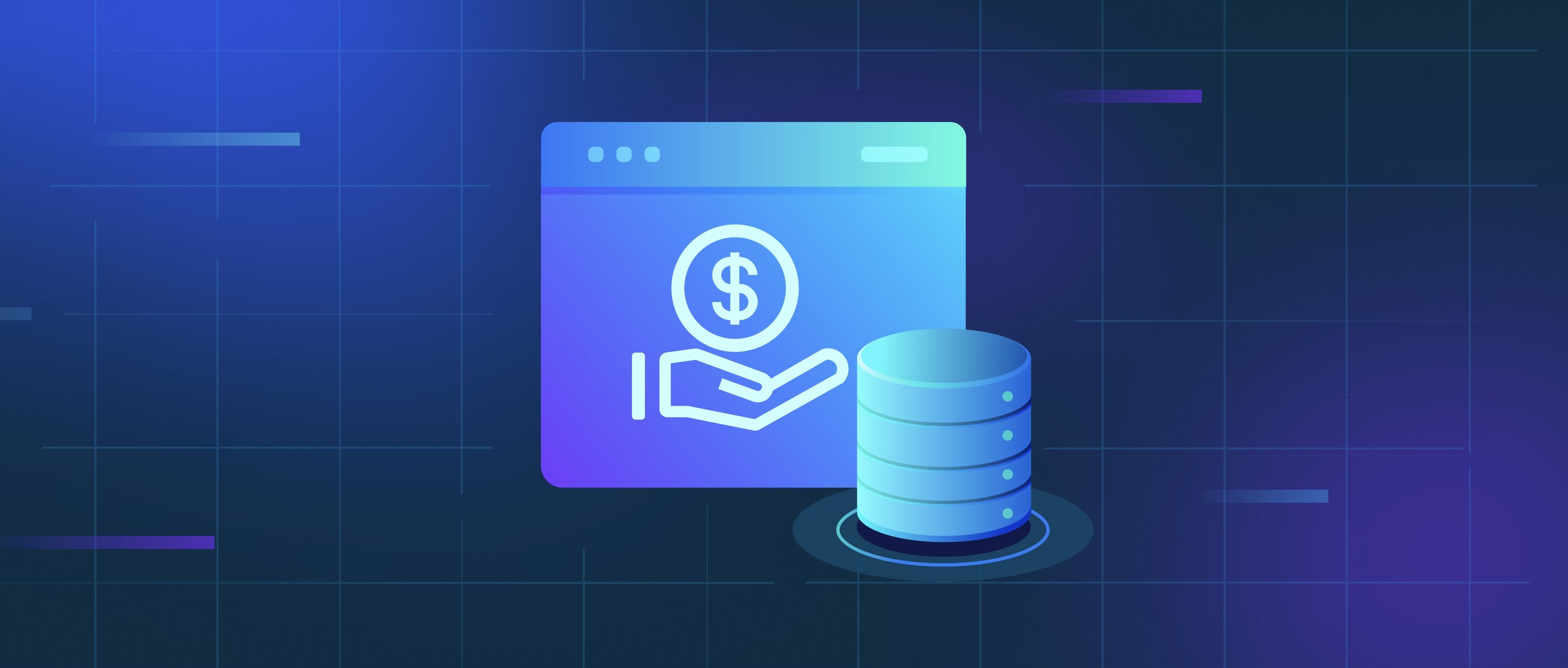Observability tools track database memory usage by collecting and analyzing various performance metrics in real-time. These tools typically integrate with database systems to gather data such as memory consumption, cache hit ratios, and the number of active connections. By using a combination of built-in monitoring features from database systems and external monitoring agents, these tools can provide insights into how memory is utilized during query processing, data retrieval, and routine operations, which helps in identifying potential bottlenecks or inefficiencies.
For instance, many observability tools leverage SQL queries to pull statistics directly from databases. In a PostgreSQL environment, the pg_stat_activity view can reveal information about connected sessions, while pg_stat_memory can show memory allocation specifics. Tools like Prometheus can scrape these metrics at regular intervals, storing them for further analysis. This data is then visualized through user-friendly dashboards where developers can monitor trends, compare memory usage over time, and correlate memory spikes with specific events or query loads.
Furthermore, observability tools often provide alerts based on predefined thresholds for memory usage. If the memory consumption exceeds a specified limit, the tool can notify the development team so they can investigate further. Additionally, they may offer diagnostic capabilities that allow developers to drill down into specific queries or processes consuming excessive memory. This combination of real-time monitoring, visualization, and alerting helps teams maintain database performance and ensures that memory usage is optimized for application needs.
